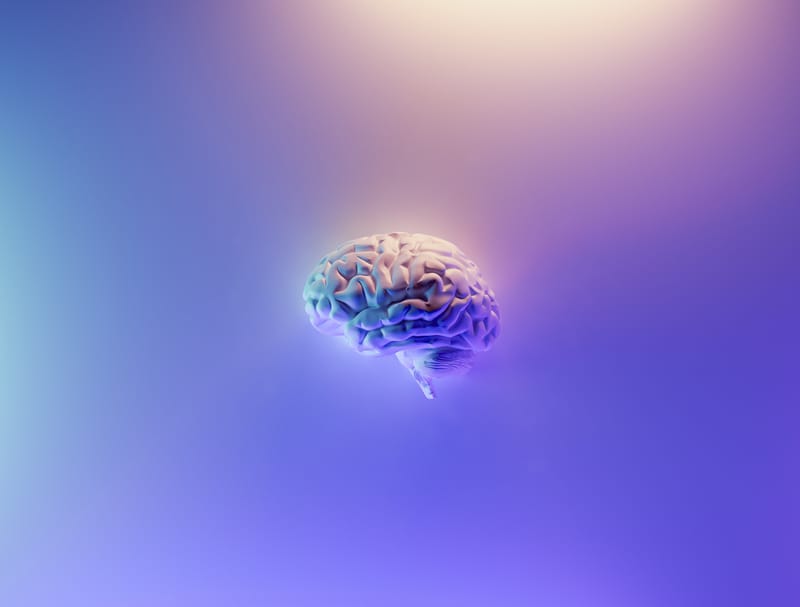What is a thought

There are several ways to measure thoughts, including:
Self-Reports: This involves asking individuals to report on their thoughts and feelings through surveys, interviews, or other forms of self-assessment. Self-reports can provide valuable insight into an individual's thoughts, but may also be subject to bias and inaccuracies.
Physiological Measures: This involves measuring physical responses related to thoughts and emotions, such as heart rate, skin conductance, or brain activity. Physiological measures can provide objective data on the physiological basis of thoughts, but may not always reflect the full range of an individual's experiences.
Behavioural Measures: This involves observing and measuring an individual's behaviour to infer their thoughts and feelings. For example, facial expressions or body language can indicate a person's emotions, while task performance can provide information on cognitive processes.
Brain Imaging: This involves using techniques such as fMRI or EEG to visualize brain activity and infer information about an individual's thoughts. Brain imaging can provide valuable insight into the neural processes underlying thoughts, but may not always accurately reflect conscious experience.
Natural Language Processing: This involves using algorithms and computer models to analyze language and infer information about an individual's thoughts and feelings. Natural language processing can provide valuable data on an individual's thoughts and emotions, but may be limited by the complexity and variability of language.
These are some of the methods used to measure thoughts, and the choice of method will depend on the specific research question, the population being studied, and the resources available.
Here is an overview of some of the main neural pathways involved in the thought process:
Sensory information is received by the primary sensory cortices, such as the visual cortex for vision and the auditory cortex for hearing.
The sensory information is then sent to the thalamus through the dorsal pathway.
The thalamus sends the information to the appropriate regions of the brain for further processing, such as the primary motor cortex for movement and the hippocampus for memory.
The prefrontal cortex, which is involved in decision making and attention, receives the information through the ventral pathway.
The amygdala, which is involved in emotions, also receives the information through the ventral pathway and adds an emotional aspect to the thought.
The thought is then sent back to the primary motor cortex to control movement and act on the thought.
Finally, the thought is stored in the hippocampus for future reference.
This is a simplified version of the process and many other regions of the brain are involved in the thought process.
There are also other pathways that are involved in the process,
including:
- The dorsal stream
- The ventral stream
- The parietal-frontal pathway
- and the temporal-parietal-occipital pathway.
It's also important to keep in mind that the thought process is not always linear, and the pathways can interact and overlap in complex ways.
